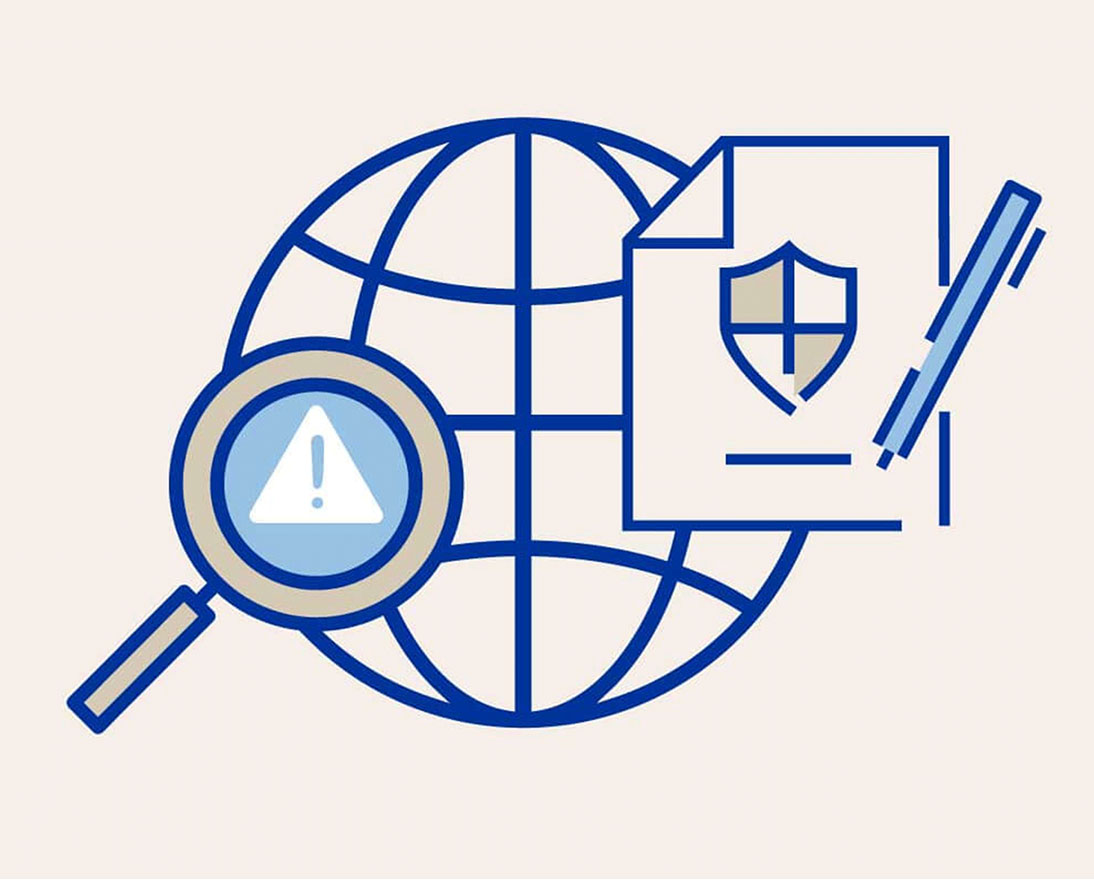Geopolitical shocks and risks: no easy choices
Global risksArticleMay 17, 20176 min read
Wondering about the future? Will it be better? Worse? Or just more of the same? A new study seeks to quantify just how good – or bad – things might get.
Risk awareness is the first step on the path to finding solutions
Looking at the possible outcomes resulting from big issues with potential to affect us all – protectionism, unrest in oil-producing regions, and water and food scarcity – a new study by the Atlantic Council/Pardee Center aims to quantify the likely impact, based on ‘best-‘ and ‘worst-case’ scenarios, as well as a third one, the ‘base case,’ in which the status quo is largely preserved.
The differences between scenarios might be huge: for example, a protectionist ‘victory’ could possibly knock USD 18 trillion off global gross domestic product (GDP) by 2035, while trends favoring ‘globalism’ (globalization) could add nearly USD 26 trillion to GDP.
Authors of the study, Mathew Burrows at the Atlantic Council’s Brent Scowcroft Center on International Security, and David K. Bohl and Jonathan D. Moyer at the University of Denver’s Pardee Center for International Futures, base their findings on a proprietary model that vets current scenarios and projects how the future might look in 2035. Some of the prognoses are startling, others reassuring. Here are six to consider:
- Between two projected scenarios, ‘globalism resurgence’ and ‘protectionist victory,’ the study calculates a cumulative difference in global economic output of USD 44 trillion by 2035.
- Trade wars could backfire – for example, punitive tariffs imposed by the U.S. and China on each other’s manufactured goods could reduce U.S. manufacturing production by 0.9 percent and cost China over three million jobs.
- Feeling sanguine about global energy? Don’t get too comfy. The world still depends, directly or indirectly, on Middle East oil. If Middle East and OPEC oil output is significantly reduced, total world energy prices could rise by as much as 35 percent.
- But we have renewable energy, right? Yes, but even the most optimistic forecasts calculate that renewable energy could cover only about 52 percent of global energy demand by 2035.
- And then, there’s climate change. A 40-percent increase in the number of people living under absolute water scarcity worldwide can be expected if and when a two-degree-Celsius global warming ‘threshold’ is passed.
- How about water? Water scarcity is a ‘risk multiplier’ and is expected to become increasingly common: Even in a base case scenario, water demand is expected to increase by 14 percent from current levels by 2035.
Protectionism versus globalization
While increased protectionism “would hurt all countries… developing ones are most vulnerable,” according to the study. And these are also often politically the most fragile. The course of events will also matter to millions of people. In a world where protectionism increases, 54 million could drop out of the middle class. If there is a resurgence of globalization, 68 million more people could potentially join the middle-income category, according to the study.
A trade war between the U.S. and China, for example, could ultimately result in job losses in both countries. The study estimates that in the short run, a 45-percent punitive tariff slapped on Chinese goods by the U.S. could boost jobs. But if China were to reciprocate, depending on how well and quickly both countries reacted, the U.S. might lose 139,000 jobs, while China could lose 3.7 million jobs.
Mideast tension could threaten global energy prices
An energy crisis would have the biggest potential impact on global GDP, according to the study, which notes that the Middle East produces nearly one-third of the world’s crude oil. Problems that flatten production in that region could lead to massive cuts in available energy that, in a worst-case (‘constrained energy’) scenario, could significantly undermine global GDP growth by a projected USD 54 trillion by 2035. Sophisticated retaliation may need to be factored in, too, if the past is any guide: The study notes that a self-replicating virus that affected the computers of Saudi Arabia’s national petroleum and natural gas company, Saudi Aramco, in 2012, was blamed on a hostile rival country and oil producer.
Clearly it makes sense to promote measures to support more use of renewable energy, make energy transmission and distribution more efficient and reliable, and so forth. A scenario where renewable energy production is accelerated, resulting in an absolute reduction in emissions, could help to slow down an expected increase in global temperatures. The study calculates that by 2035, in an ‘accelerated renewables’ scenario, global carbon emissions could be reduced by 5.4 billion tons.
Getting serious about resource scarcity
Changing weather patterns and weather extremes are also a matter of concern. In a less optimistic version of the future, which the study terms ‘arid earth,’ water shortages and food scarcity could affect 90, and 27 countries, respectively, by 2035. Countries better equipped to cope with water insecurity should also expect growth to be constrained as weather conditions become more severe. This will require major investments in agriculture. The increased investment could mean that USD 40 trillion of capital is diverted to agriculture from other, more productive parts of the economy, resulting in a cumulative USD 7 trillion reduction in global GDP by 2035.
Tension caused by water shortages is nothing new and food subsidies are costly and complicated. Having adequate food supplies is also incredibly important to stability in low-income countries. So it’s easy to see why food shortages can increase political unrest. For example, multi-year droughts in Syria led to crop failures that prompted “large-scale internal migration to urban centers,” which could have set the stage for civil war, according to the study, which also notes that 30 percent or more of regions growing major grain groups (wheat, corn, rice and soybeans) could face extreme water stress.
What can we do?
Creating awareness of risks is a first step toward managing and mitigating them. Some can be addressed only by policymakers. Solutions to combat food and water scarcity may not be to everyone’s liking. To address these risks may require lifestyle changes. New thinking is needed, including in developed countries. The study notes that, for example, during droughts in California, water supply to farmers was curtailed and water prices soared.
Insurance, too, can play a role. Businesses should make sure that they are covered, where possible, and prepared to deal with the risks of political unrest and sophisticated new threats. Heightened global tension could raise risks to global supply chains and even increase the danger of hostilities that spill over into the cyber world.
‘Our World Transformed: Geopolitical Shocks and Risks,’ by Mathew J. Burrows at the Atlantic Council’s Brent Scowcroft Center on International Security, and David K. Bohl and Jonathan D. Moyer at the University of Denver’s Pardee Center for International Futures, was published in April 2017. It is part of a multi-year project to quantify aggregated global risks. Learn more about the new study and different scenarios that we might see in 2035 here.




